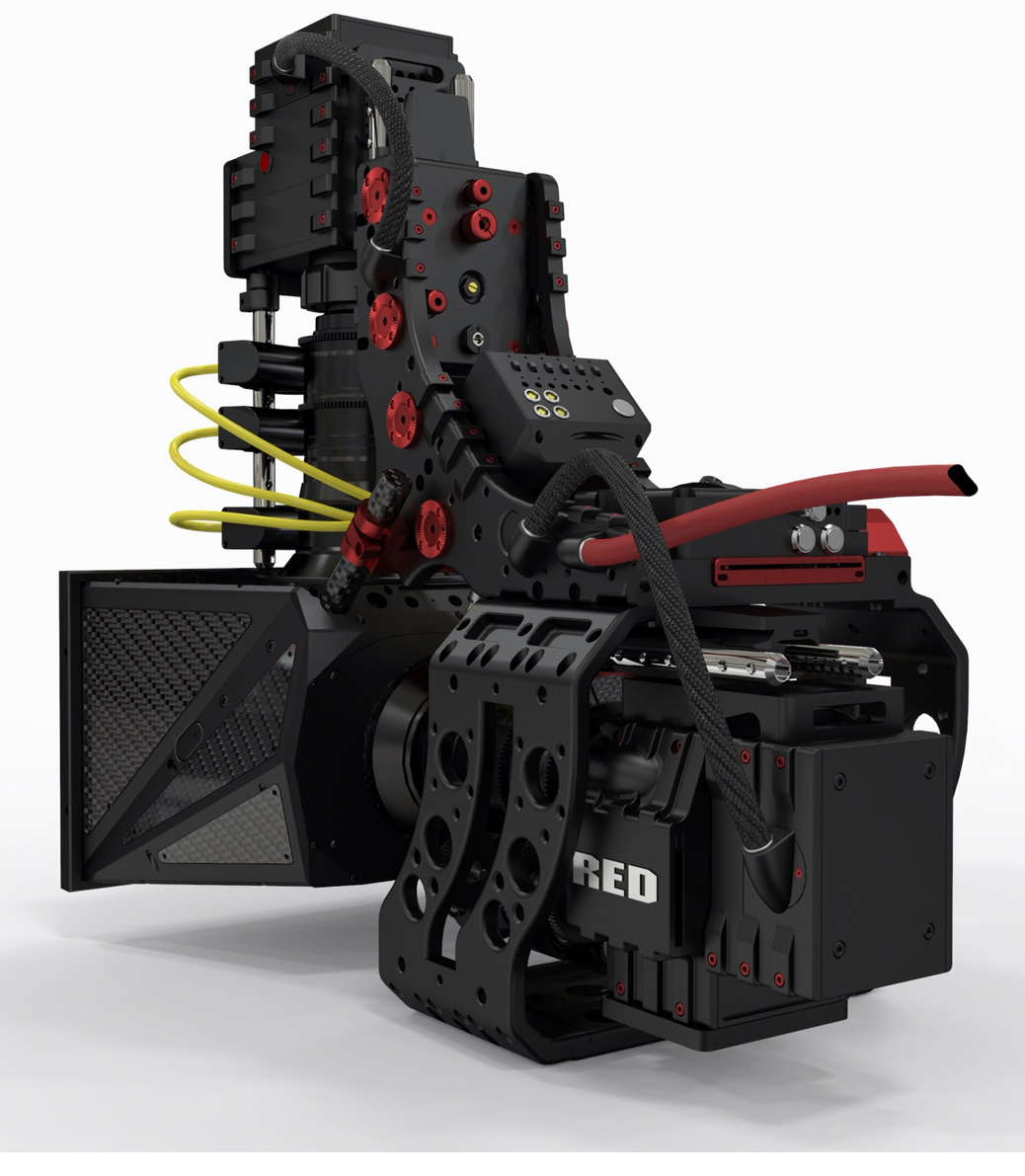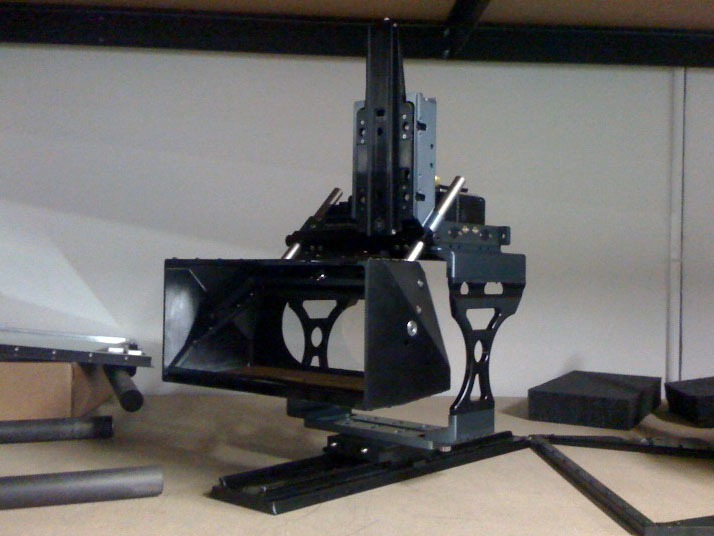There are a lot of naysayers out there looking to discredit 3D's long term viability, many of whom I suspect haven't experienced the production technology first hand. The fact is - it's here. It's getting people back in the theatre seats and that's all studios really care about at the end of the day. The cost of a 40" 3D display is now about 1500 USD and prices are coming down. I predict by this time next year, sub $1000 models will be available. Additionally, these emerging 3D Broadcasters need a mountain of original content to qualify as a network and it's got to come from somewhere. What's really going to push it home though is web delivery and I've recently seen demos of several 3D laptops. Once you can watch this content on your personal computer or smart phone with the passive 3D glasses you stole from Avatar, it's a done deal.
At this stage, the physical production aspect is substantially more involved, more cost prohibitive, and moves slower than traditional single camera, "flat" shooting. However as camera bodies get smaller and are more designed with this application in mind, the rest of the equipment package will get less unwieldy as well. Eventually as the gear evolves and consuming the media becomes easier, I think 3D will move out of niche production and you'll start seeing it on a lot more medium and low budget shows.
While there are already several small camera heads available (SI2K, Icnonix, etc), at this moment, the RED One is a pretty good solution for cinema because of the large resolution and the raw factor which makes matching the left and right eye images without degradation far more practical. As the Beamsplitter mirror does absorb a good amount of light, with the MX sensor and its improved sensitivity and noise floor, I'm pretty sold on the RED as a good choice for the rigs. There have been a lot of genlock / temporal sync issues reported with these cameras but on this show, the AJA Gen10 box seems to be keeping us locked up as no major sync issues have been discovered. In 3D - if you don't have Sync, you don't have s***. That should be the number one factor producers are aware of. That means you can't save money by putting 5D's in the stereo rig. Cameras need to be genlockable or else you don't have 3D.
The size of the rig with RED's is intimidating but if you can stay on a heavy dolly and have lots of hands on deck, the rig can keep up with production. The issue of lens changes is a challenging one as a lens change constitutes a fairly big re-alignment or at least more time intensive than just maintaining an alignment. This show came up with an interesting solution that has saved them a lot of time and that is were basically living on the 25mm and then lowering the resolution to punch in. For the RED this means windowing the sensor so our 25mm at 4K is about a 35mm at 3K and a 25mm at 2K. Because they've always planned on mastering in 2K, these resolution changes are a non-issue and the oversampled shots can easily be reframed in the online. One lens becomes three and in 3D you typically want to stay a little wider anyways as long lenses naturally flatten the depth. This has been a great way for them to get what they need with minimal compromise and keep the production moving.










 © 2021 Bennett Cain / All Rights Reserved /
© 2021 Bennett Cain / All Rights Reserved /